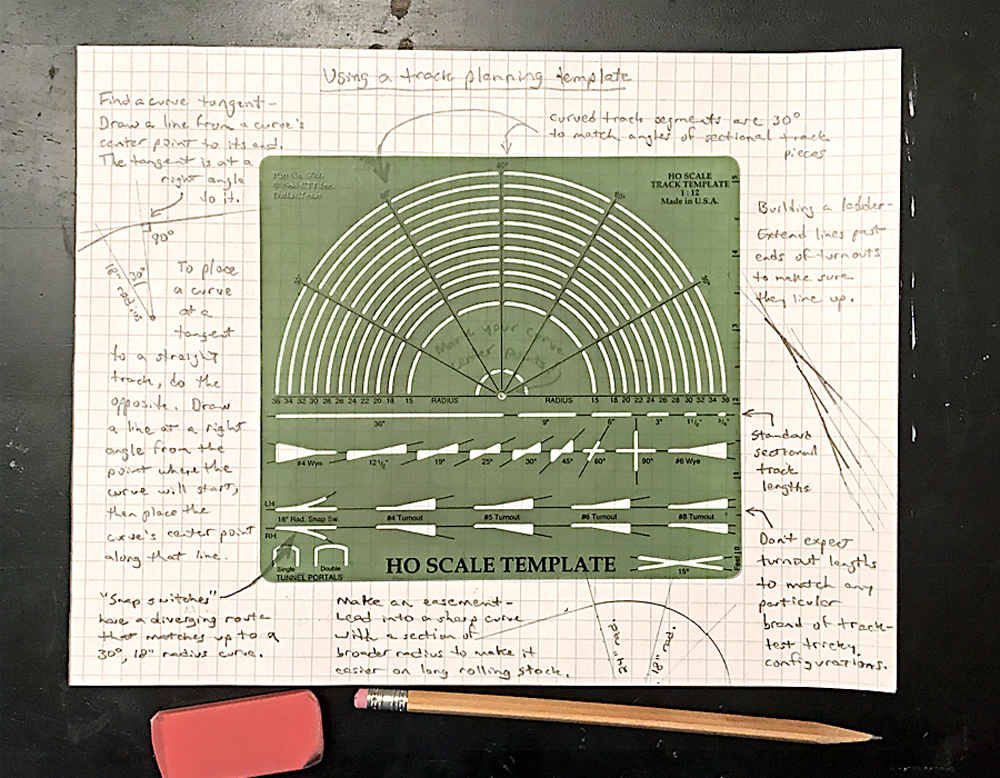
Sketching with Steve Introduction to track templates Learning to use a track template was among the first tasks I gave myself as a model railroader. You may have seen one of them hanging next to the register in your local hobby shop. Perhaps, in these days of point-and-click track-planning software, you thought it was a […]
Read More…

I can’t deny that I love Kato Unitrack. Its ease of operation, solid electrical contact, top-notch quality, and quick setup time make it irresistible to me. And unlike other plastic roadbed track brands and products, it has more prototypical dimensions. But there’s also no denying that straight out of the box it looks toy-like, a […]
Read More…
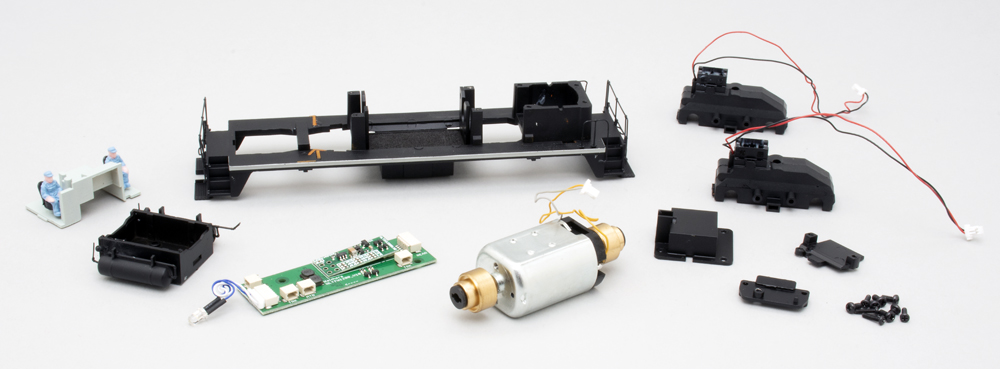
My longtime friend Bill Phalen is working on an HO scale layout depicting the Twin Ports of Duluth, Minn., and Superior, Wis. Though his motive power fleet features many railroads from the area, one line wasn’t represented, the Lake Superior Terminal & Transfer. Bill wanted models of four of the LST&T’s six end-cab diesels, so […]
Read More…
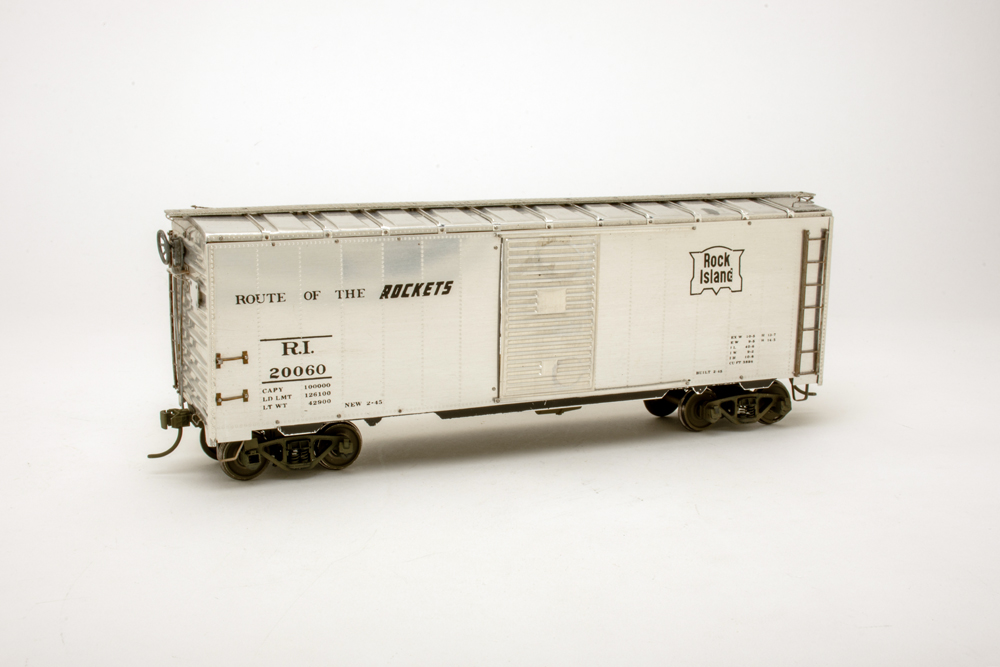
Build a 1950s O scale freight car from Athearn: One day a few months ago, I opened my email to find a message from David Popp of Trains.com. David asked if I would be interested in building an O scale freight car from Athearn. He indicated that the staff of Model Railroader’s sister publication, Classic […]
Read More…
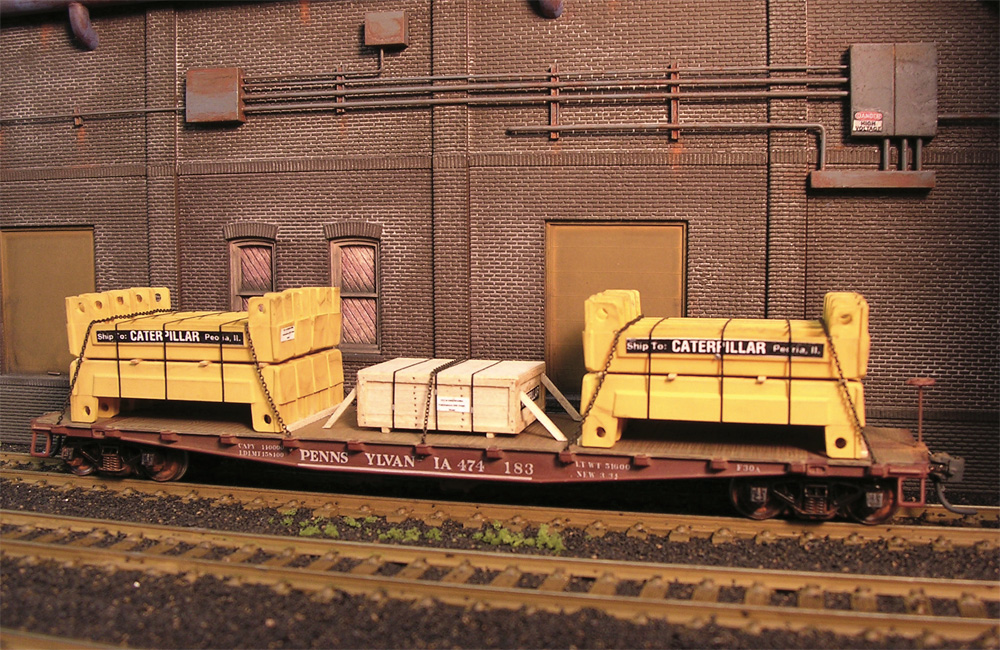
Q: I’m putting together some loads for flatbed and open gondola cars consisting of objects like pipe, wood, basically long straight pieces about half a car length in length. What would I use to model steel strapping to hold the loads together? I work in HO scale. — Rich Bond A: The easiest and best-looking solution […]
Read More…

In model railroading there are times where you may need a power reversing switch. A couple of examples are when you’re installing switch motors or adding a reverse loop to a direct-current layout. In this article, I’ll walk you through the steps of wiring a DPDT power reversing switch. What is a DPDT switch? For […]
Read More…
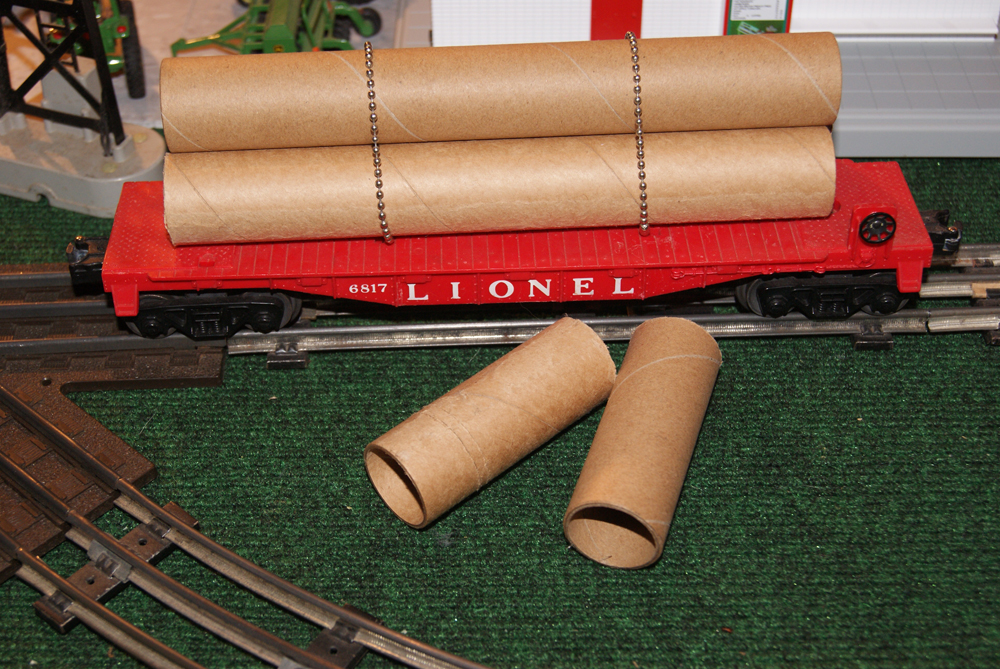
Did you ever look to your kitchen as source for free items to make your layout more visually appealing? With just a little paint and some imagination, items like pudding cups, freezer packaging rolls, and fast-food condiment containers can become stock tanks, flatcar loads, and much more! If you are looking for scale items, some […]
Read More…
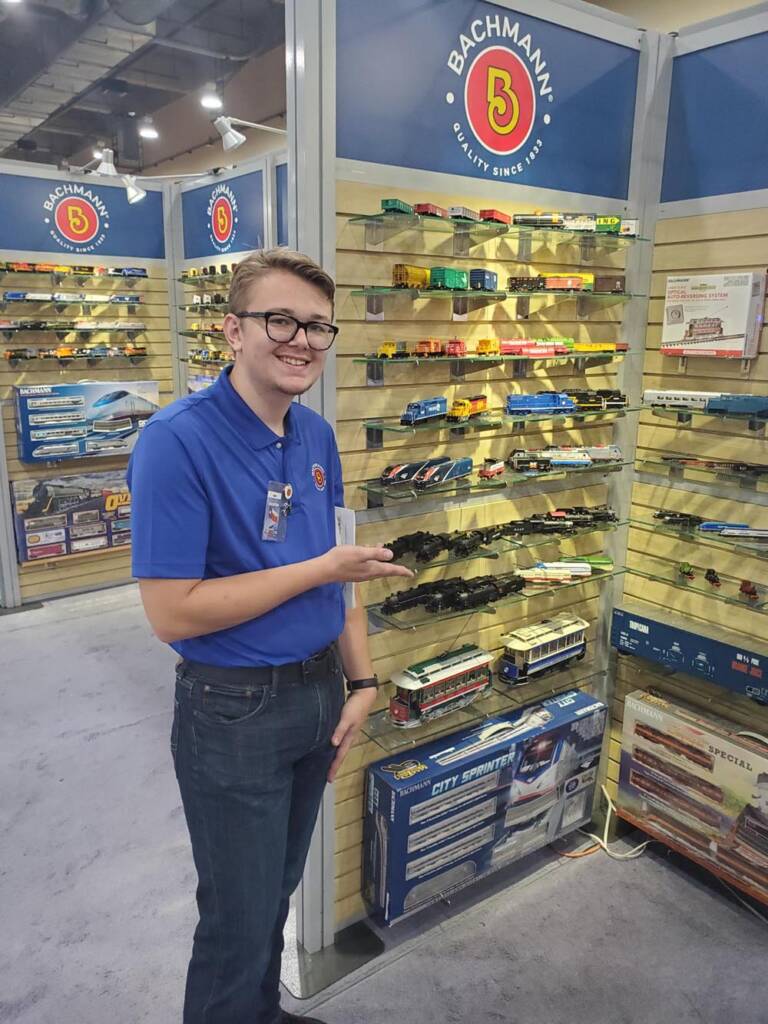
While I was walking through the National Train Show earlier this year in Grapevine, Texas, I noticed something – there were a lot of young people working for the various manufacturers present at the show. As a young person myself, this gave me great joy. With discussions about the longevity of the hobby occurring daily […]
Read More…
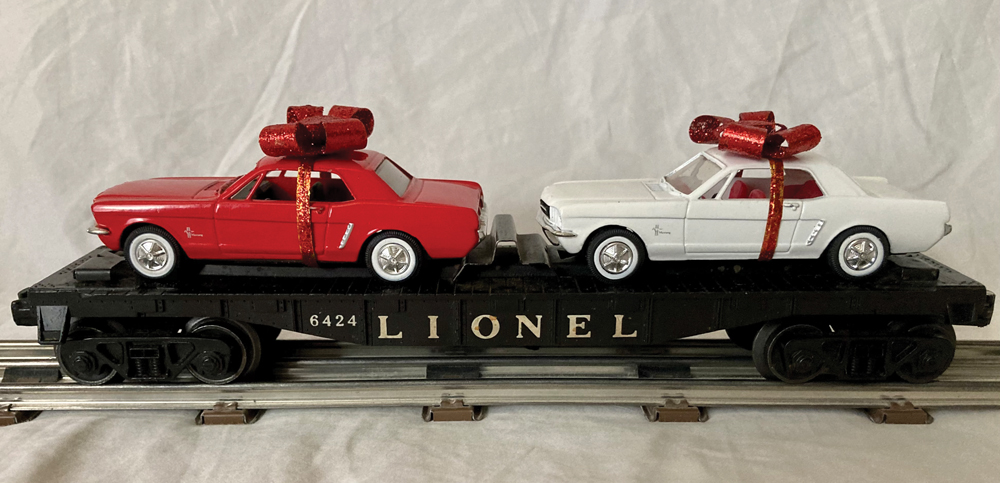
Want to learn how to make some quick and easy flatcar loads for Christmastime? You don’t need an heirloom set or holiday-specific cars to make your own Christmas train. With a little imagination and a trip to your local arts and crafts store, you can find Christmas cargo that will turn almost any piece of […]
Read More…
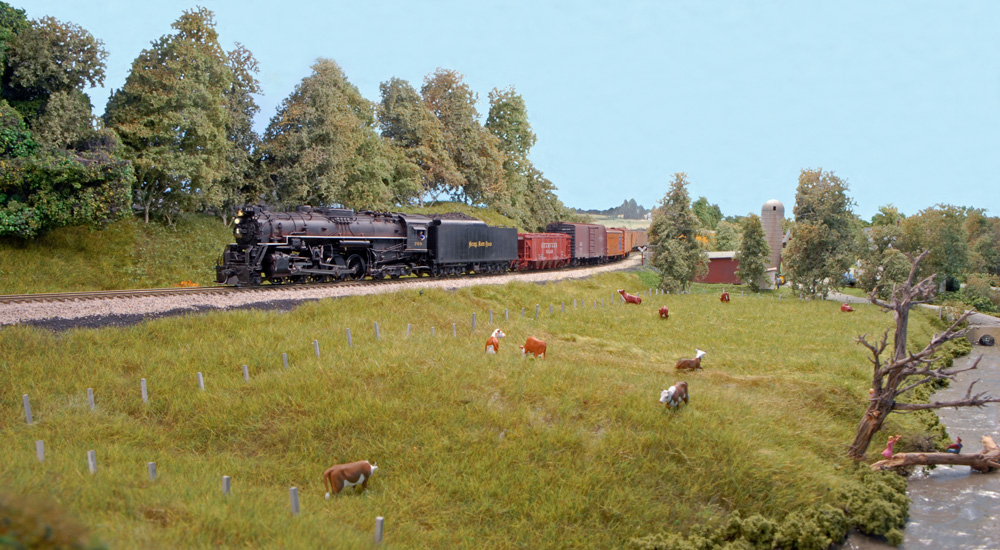
One of the most important decisions facing any model railroader is choosing an era to model. Choosing what railroad to model is arguably easier. You may choose to model the railroad that ran through your hometown when you were young and impressionable, or perhaps a railroad you often see today. But in either case, that […]
Read More…
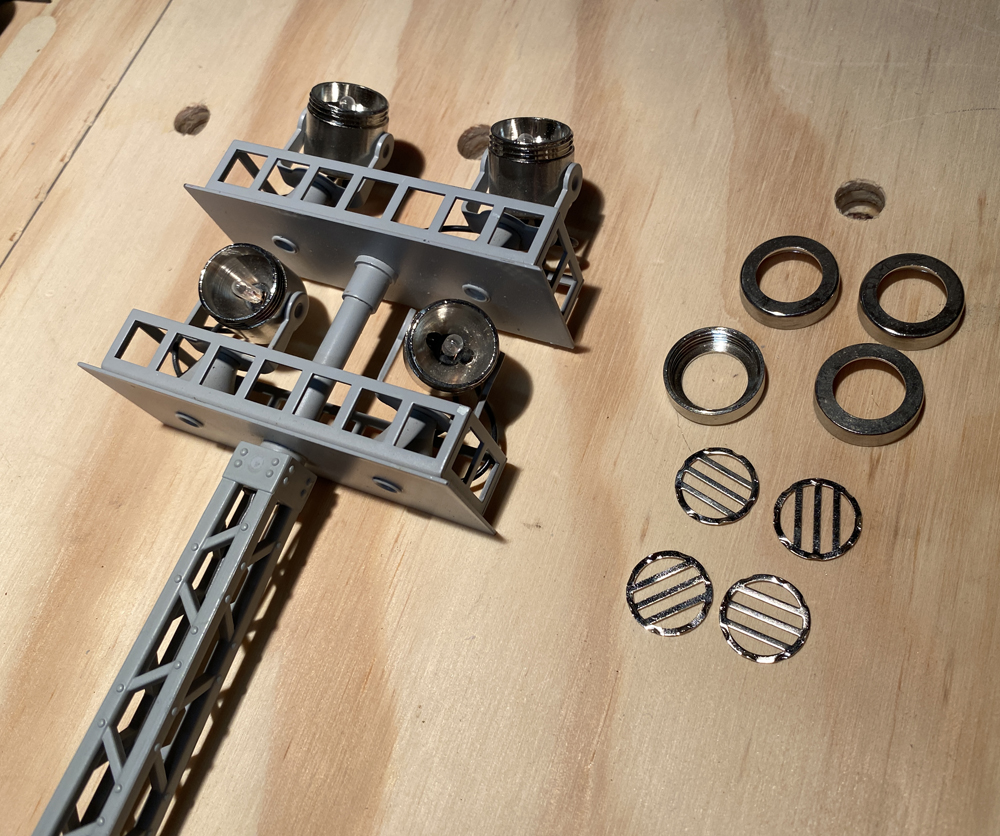
Have you thought about how to upgrade your tower lights? An engine facility doesn’t look complete without small details around the buildings, tracks, and equipment. One detail that isn’t difficult to add to this scene is yard lights. Most of these are “plug and play” details. Lionel’s option looks pretty much identical to how it […]
Read More…
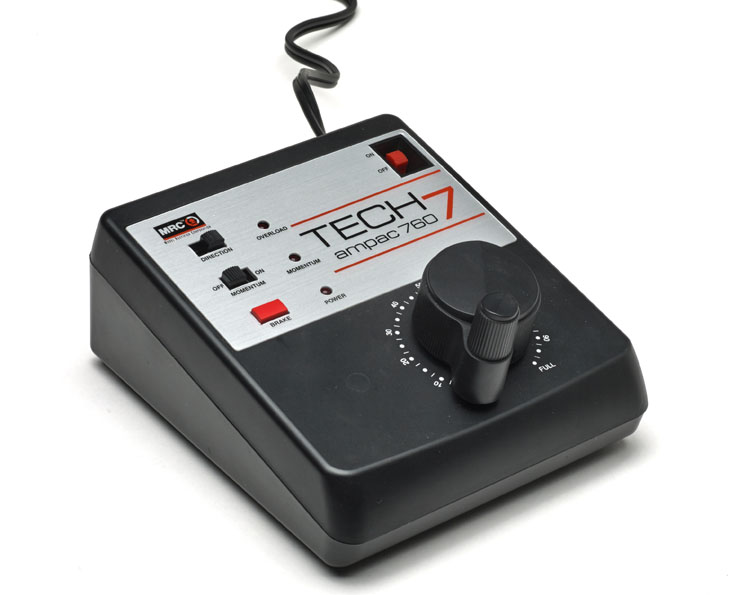
The simplicity of operating with a DC power pack like this MRC Tech7 is just one of several reasons to use DC block control on your model railroad. Though Digital Command Control may be the wave of the future, DC has its advantages and die-hard adherents. MRC photo Digital Command Control’s fervent fans to the […]
Read More…












